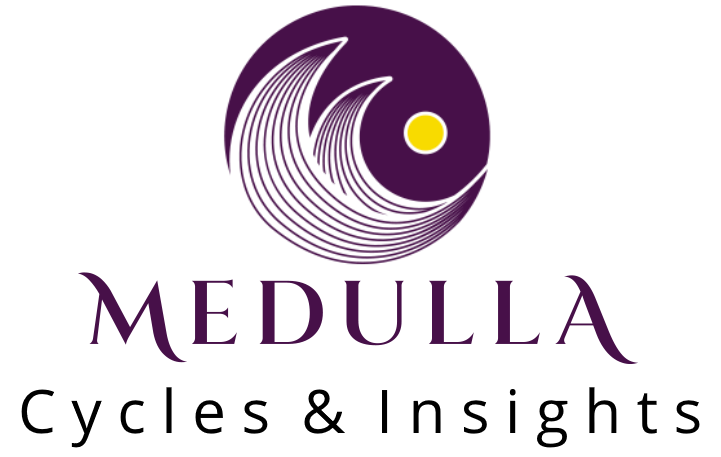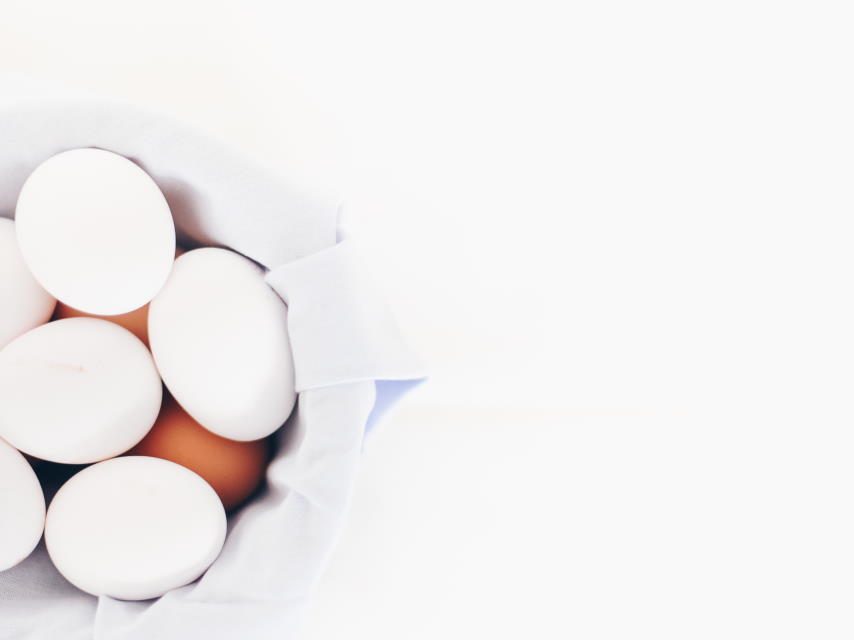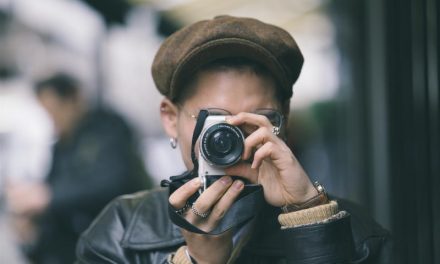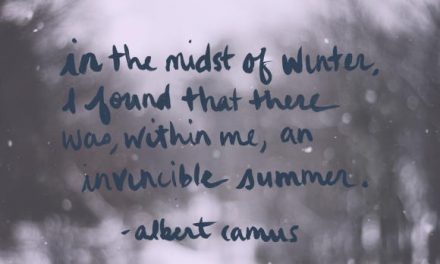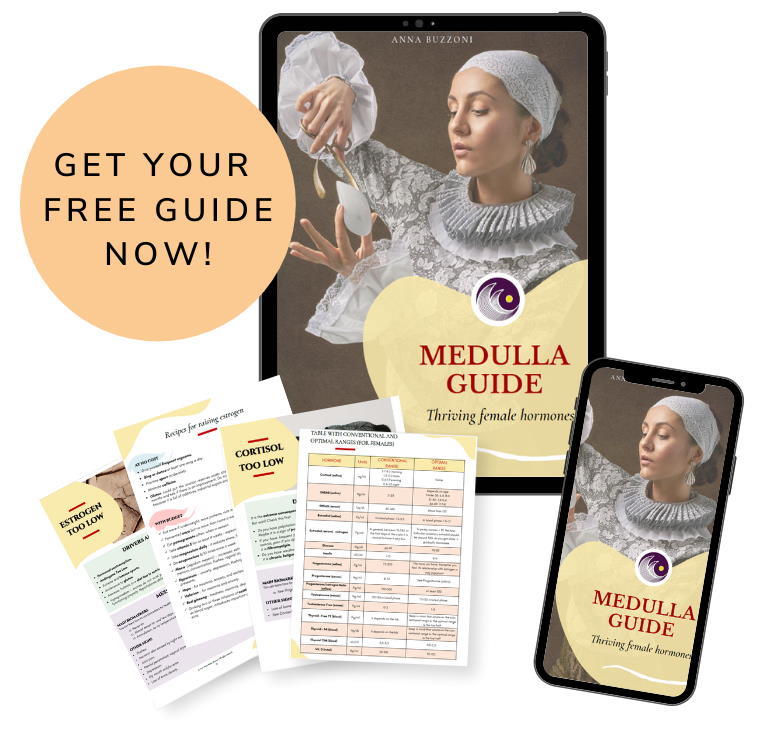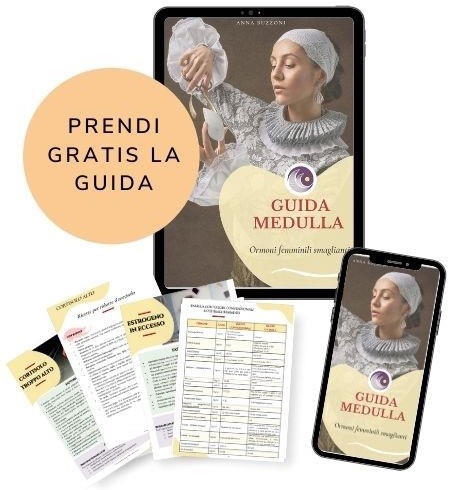In this video – the third in the series dedicated to the phases of the menstrual cycle – we see what happens at ovulation. You can activate the subtitles on YouTube by clicking on the icon of Settings
Ovulation is not only the crucial point of the menstrual cycle – without ovulation there can be no progesterone, nor even a real menstruation – but it is also a portentous hormonal cocktail that can be useful in professional and private life. Moreover, it is ovulation that decides the length of the entire menstrual cycle. Once it has taken place, menstruation will follow after a certain number of days, which for each one is always the same and is between 12 and 16.
If ovulation itself is a matter of a few moments – when we mean the release of the egg from the ovary – the hormonal cocktail that distinguishes it lasts about 3-5 days. In those days we have a better chance to get what we want, convince the hesitant and work harder. Recognizing these days is simple, just keep a diary and observe your cervical mucus. However, only the basal body temperature can tell us with certainty whether ovulation has taken place.
